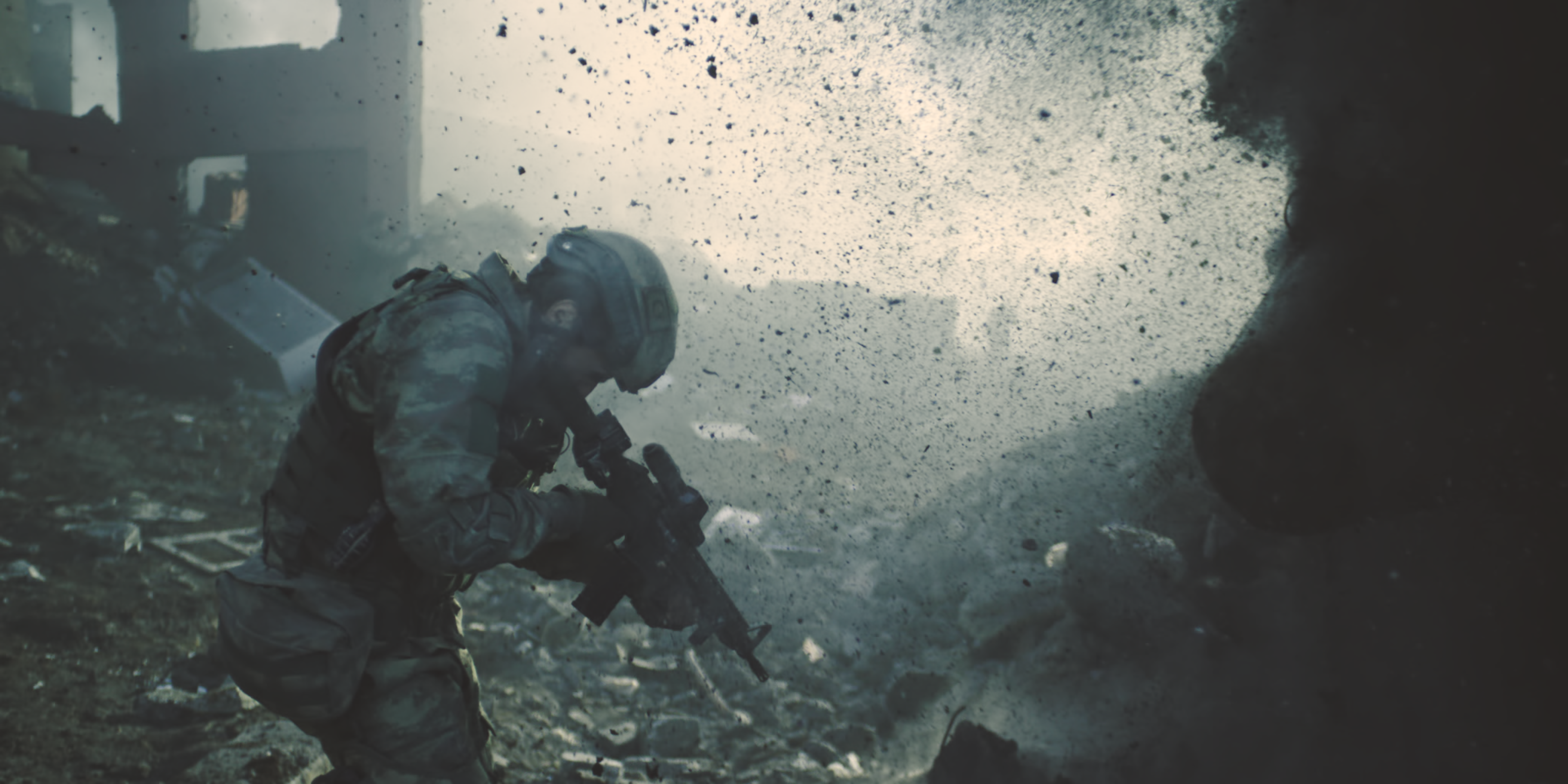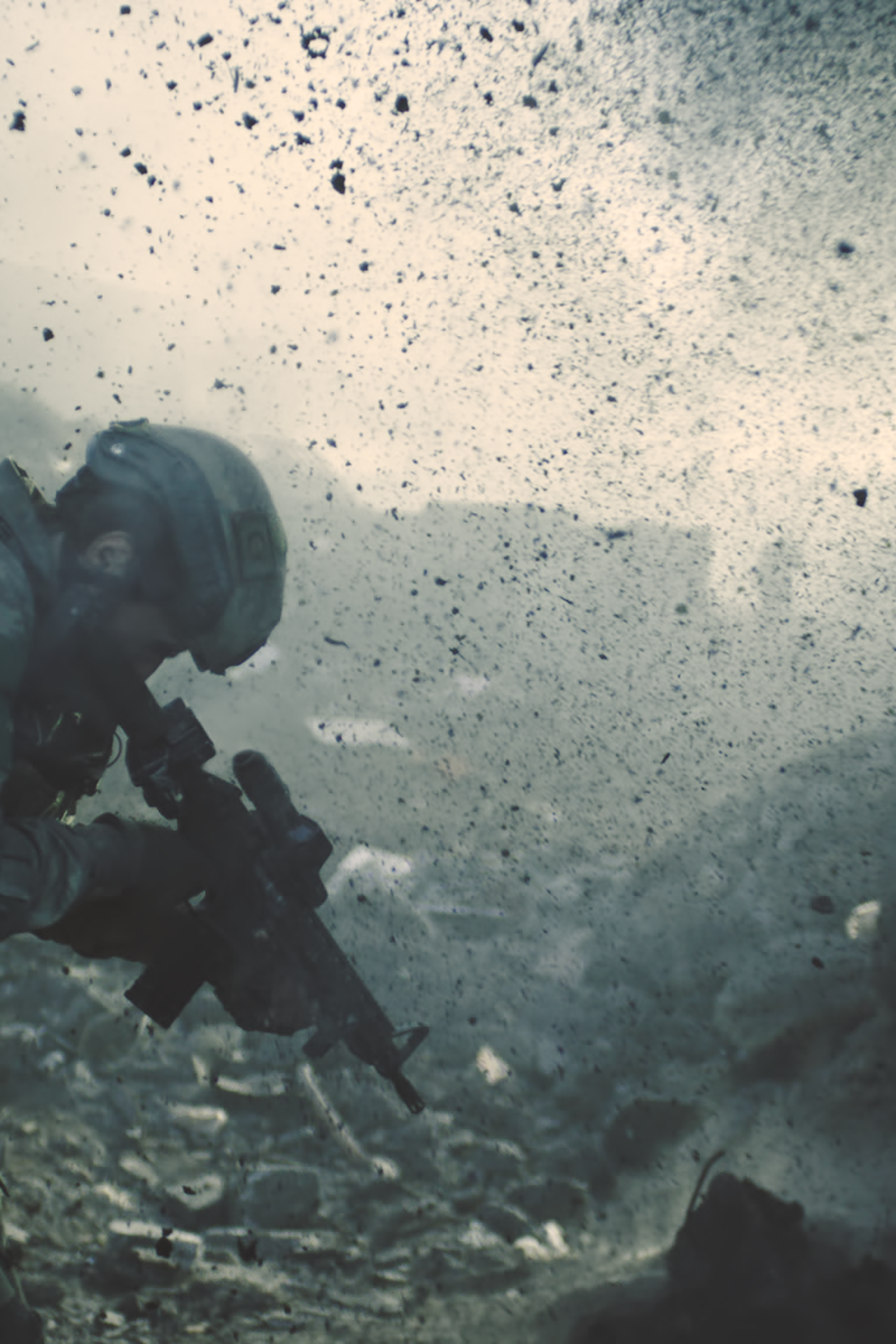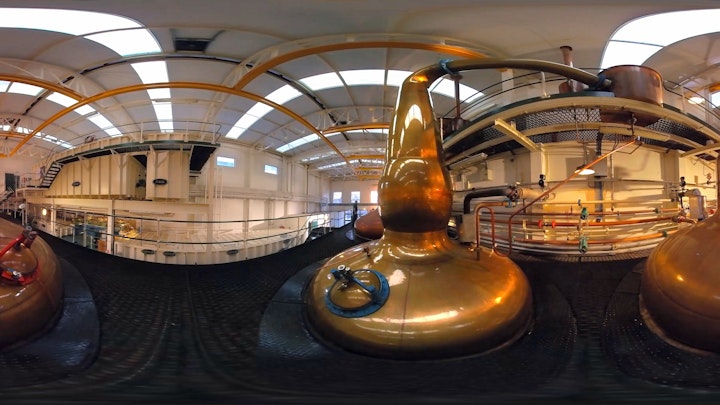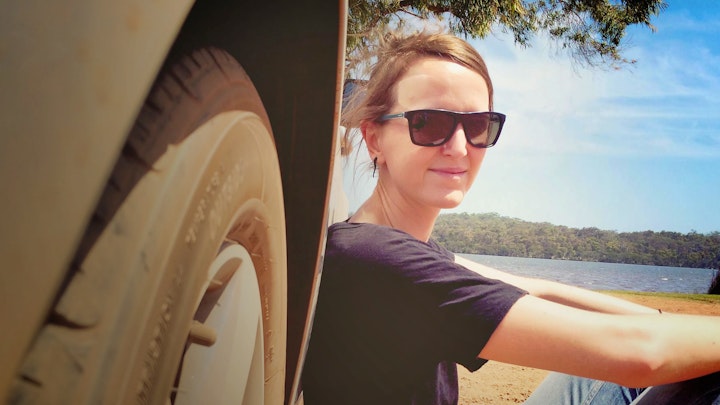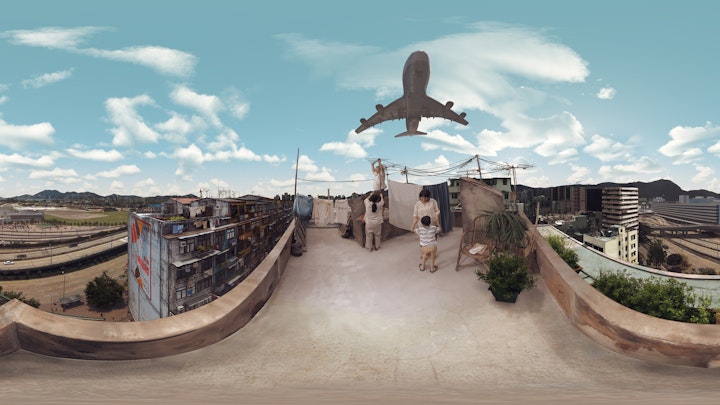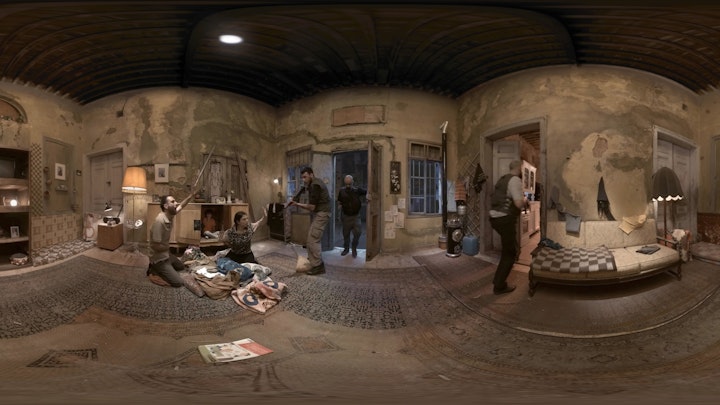Can Feda – An Illustration of War
The controversial war film, Can Feda, from director Çağatay Tosun, follows the story of a Turkish air force pilot, and a dangerous incursion into hostile territory. The film is a realistic action thriller, which required numerous visual effects to bring to life. Much of MyL’s work centred around an air strike and the final battle sequence on the ground. The project presented a significant workload to achieve in a brief period. As ever, MyLiaison were happy to rise to the challenge.
All the locations were shot in western Turkey, but the story was set on the border between Syria and Turkey, which has a more arid landscape. A typical example of this is on the airbase. To meet the brief, MyL removed trees and bushes in the surrounding environment and replaced it with drier, more desert-like terrain. In addition, it was shot on a real military base, so MyL were asked to remove the many identifying markers for security reasons.
During the shoot on the base, the crew only had access to two planes, so MyL populated the hangers and take off runways with additional CG planes. The plates were shot in varying weather conditions, so MyL adjusted the sky to provide the continuity of darker, cloudy weather that the scene was set in.
Many of the airborne VFX shots were of the inside the cockpit. The actor was shot in studio against blue screen in a hydraulic chair, and everything else was completed in CG. This included the ejection seat, the interior cockpit and the visible exterior of the plane. The display panel and the reflections on the interior of the domed glass were particularly tricky to integrate.
Other issues were presented by the motion from the hydraulic, which did provide some movement, but too mechanical for the dynamic of the cockpit motion. The MyL team set about tweaking the motion of the actor to smooth it out, helping it to sit more realistically into the final shot. In addition, the pilot’s visor was reflecting the live-action studio conditions, meaning painstaking clean-up and tracking were required to replace them with the reflections of the cockpit and the exterior sky. Conversely, the interior of the cockpit glass had no reflection, so the team added reflections and pilot movement to counter that.
Other complications existed due to the shooting of the live action exterior plane above the clouds, meaning that some shots where the pilot and cockpit are seen with cloudy grey sky in the background, had bright, sunny light on the pilot, requiring meticulous re-lighting.
The flight sequence was made up of approximately 50 shots and were, mostly, entirely CG except for the actor’s face and helmet. The work was completed within a month from initial clean up to final render.
Later in the sequence, the aircraft is dropping bombs on enemy territory. For various reasons, the use of SFX explosions was restricted. As a result, the crew on the ground were mainly able to create blasts of dust on set, which MyL later enhanced in CG. The team used CG fire elements to create the heart of the explosions and amplified their size and impact, adding dust, debris and smoke.
In a thrilling, tightly cut turn of events, the plane malfunctions and begins to descend into a crash landing. MyL crafted matte paintings, CG aircraft, pilot, ejection seat, and parachute into the shot. The shot was further enhanced by the CG fire and smoke which helped to set the elements in together and match through the follow-on live-action cut.
Battle Sequence
The other main sequence that MyL worked on for Can Feda, was a long and fierce battle scene. The director wanted the audience to feel like they were in the middle of the battle, so MyL’s brief was to increase the intensity of the situation, deepen the sense of drama and peril and add to the sense of relentless brutality. This began with adding in the explosions and ensuing smoke and debris. MyL’s addition of camera shake and cg debris in the camera lens added to the viciousness of the material. However, due to continuity issues, the plates varied significantly in the amount of SFX smoke in situ. The MyL team, not only had to amplify the smoke and debris, but match the continuity of the live action material from plate to plate.
A great deal of intricate work went into the weapons the soldiers wielded. Not surprisingly, the weapons played a large part in this major battle sequence, however, on set the prop guns had no moving parts, so in addition to muzzle flashes and impact debris, the team were required to create CG ammunition shells as they fell from the guns and any close ups of the guns machinations.
The location for the battle was drastically different from the final version MyL delivered. The shooting took place on a military training base with a harbour visible in the background. MyL’s brief was to create a burnt-out town that had been razed to the ground by relentless fighting with hostile, mountainous countryside receding into the background. While some of the buildings were present, MyL created matte paintings and set extensions to illustrate the horrendous devastation called for in the script. Onset crew members, camera etc were cleaned out of the plates.
When the battle action begins, MyL again created the muzzle flashes from the weapons, rockets, multiple fiery explosions and smoke plumes, along with accompanying debris and bullet impacts. Clean up was also a key part in this sequence; to capture more action, some of the guns had portable cameras fitted, so MyL removed these from many of the most obvious shots, along with film-crew members and other anomalies to the story.
The battle sequence is a marathon of smoke, fire, explosions, debris, bullets, muzzle flashes, rocket launchers, tanks, and subtle blood and injury effects. However, at the end, the film cuts to a happier sequence of children returning to their school a year later. MyL augmented the damaged building from the training base set, to create a newly built school.
Overall, the battle sequence was a hefty piece of work, covering more than 100 shots, all requiring significant clean up as well as VFX. A great deal of early research work was required to emulate the functioning of Kalashnikov weapons, tank explosions and mortar explosions realistically.
The Can Feda project was both challenging and satisfying for the team to approach and the result is a highly realistic war film that clearly depicts the gruesome nature of war.

